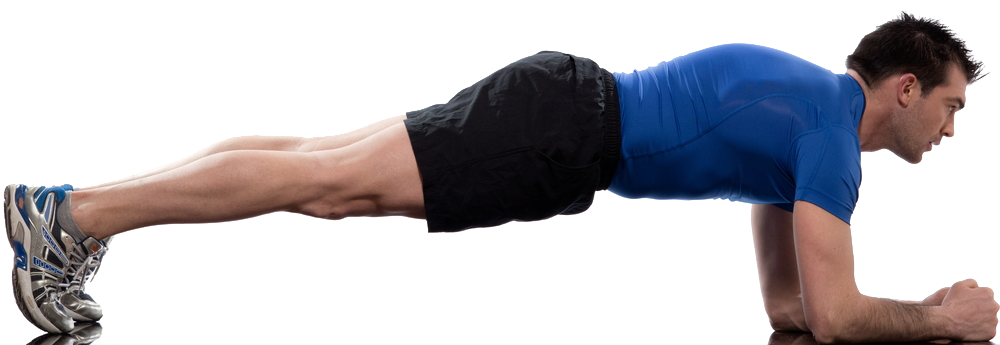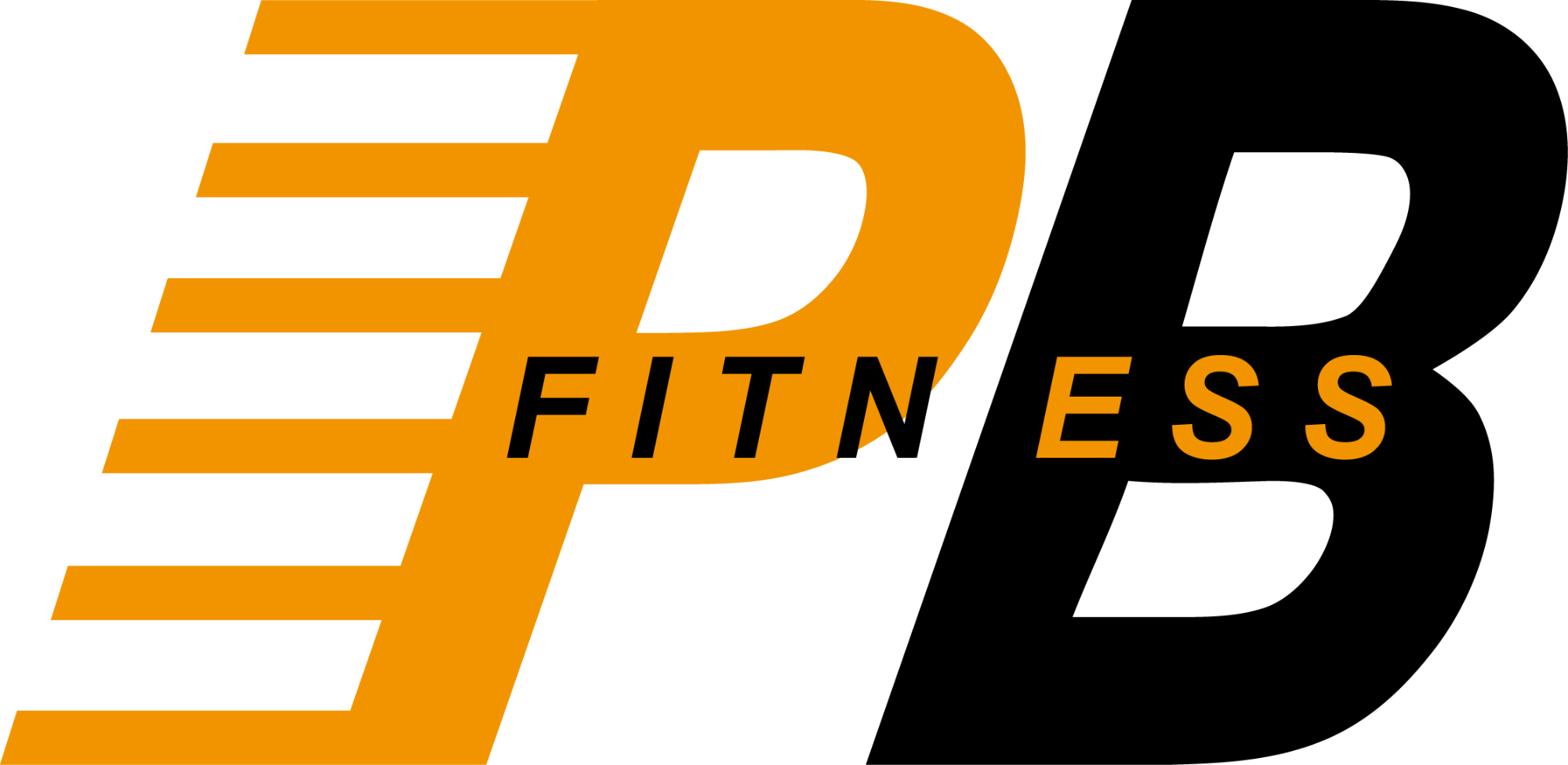Core Strength
Posted on

Bodyweight core training is the foundation of a great abdominal routine. For beginners a mixture of planks and side planks are a great way to activate the torso area. Core fitness is also about stability around the hips. Bracing drills such as glute bridges and single leg glute bridges are great to develop a stable pelvis and abdominal region. These exercises are vital for beginners as they encourage good form and posture as well as a stable lower back. For the more advanced exercisers these movements can be used as part of a warm up or as a filler between bigger exercises such as squats and lunges.
There are a number of movements that the muscles around the torso encourage. Flexion, which is seen in forward bending; extension or backward bending; lateral flexion or bending to the side plus isometirc strength sometimes described as bracing. A good core programme will combine elements of these movements depending upon what your needs are.
Flexion is probably the most trained movement typically with crunches; it is also the most over utilised movement. Most individuals spend thier days seated with flexed abdominals. Therefore performing more crunches is not the answer for a six pack. From a postural standpoint we need to utilise more the reverse curl (lifting the lower back of the floor), this exercise emphasises pelvic tilt without causing lumbar flexion which can cause pain in some individuals with back issuses.
Extension of the back is sometimes called hyper-extension. Again this can aggravate a weak back if the extension or backwards bend is too great. A plank or side plank encourages the correct position of neutral spine where the back maintains it natrual cuvre. Over extending the back, although possible from a movement standpoint, is a movement that does not need to be trained.
Rotation and stability agasint rotation is something that can be performed with bodyweight. Any exercise on a single leg or using a single arm can be descrided as anti-rotationary drill becasue to maintain balance and correct form you have to stabilise against falling over. Rotation can be performed seated or standing with bodyweight in the form of russian twists.
All in all picking two core movements a session is a great way to train your abdominals. Incorporating all these movements in to your training week will give you balanced development aesthetically as well as from a fitness perspective.

Add a comment: